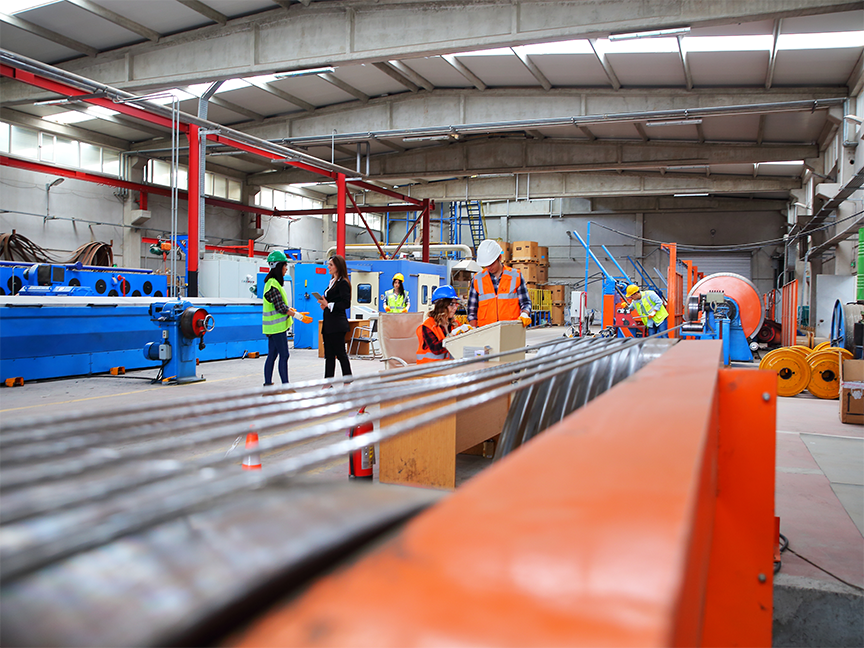
The COVID-19 pandemic arrived just as businesses and consumers were feeling increased pressure to abide by more eco-friendly processes. This combination has led to a spike in buying behaviors that are focused on local and regionally made products, and it’s causing makers and manufacturers to reassess how and where they create.
A Reuters-Ipsos poll found that 63% of Americans want U.S. agencies to buy American-made products even if they cost significantly more, and nearly 69% believe an American-made item is at least somewhat important for their own personal purchases. According to the Reshoring Institute, increasing geopolitical rhetoric, years of falling U.S. manufacturing capacity and negative experiences with foreign-made products all have an impact on Americans’ motivation to buy local or regional goods over those made in other countries.
There is, however, a plethora of additional benefits from buying locally that can impact buying behaviors. Supporting local and regional businesses greatly contributes to the circular economy, which focuses on minimizing waste, reducing supply chain risk and funneling money back into communities to help with job creation and stability. Nearly 48% of money spent at small, independent businesses stays in the local economy, compared with 14% of money spent at chain retailers.
Buying locally requires companies to create locally as well, which has its own set of benefits. In the industrial sector, manufacturers looking to incorporate more sustainable practices into their operations can move production closer to clients by reshoring or nearshoring. In the process, they significantly reduce their carbon footprint by eliminating the need for goods to be transported by containership halfway across the world. Supply chain emissions are 11.4 times higher on average than operational emissions, so shortening the chain even a little can make a big difference.
The shift toward buying and creating local goods has a long list of benefits, but in order for there to be enough products for consumers and companies to purchase, makers and manufacturers need to be able to scale production up or down, quickly and easily.
With any major operational shift, there are challenges that manufacturers need to navigate when relocating factories. Production in the U.S. is often more expensive and complex due to higher labor costs and outdated or inadequate infrastructure. In countries like China, by contrast, low-cost production translates into higher margins and lower prices for clients and consumers. These are often the biggest sticking points for manufacturers assessing whether to move production back home, but there is a solution: the rise of intelligent, flexible automation, which makes scalable local production both sensible and achievable.
While automation was originally designed for throughput and repeatability, today’s automated systems are built with flexibility in mind. They can be programmed to carry out different tasks for different products, can be easily changed to accommodate new instructions, and are reconfigurable and reusable. This level of flexibility allows manufacturers to build smart factories with the ability to scale production based on local demand, thus ensuring they don’t make too much or too little of a product. They can also quickly pivot to a new product if the market changes. Other cost savings from local operations that can help offset increased labor costs come from eliminating or reducing overseas shipping and warehousing requirements, and avoiding international rate fluctuations as trade conflicts continue.
By reshoring with automation technology, manufacturers can address the workforce challenges they’ve been experiencing for decades. Intelligent systems have low- or no-code workflows and intuitive user faces that allow workers at all skill levels to run production, and manufacturers to analyze lines more easily. Those that invest in reshoring also bring more well-paying, stimulating jobs to their communities. There’s already substantial progress being made in this regard, with the rate of reshoring and foreign direct investment job announcements rising 46% in 2021 from 2020, and over 4,000% from the 2010 rate. The cumulative hires represent about 7% of U.S. manufacturing employment, according to Reshoring Initiative’s 2021 Data Report.
Buying locally made products isn’t just a trend. It’s something that communities everywhere are embracing for the long haul. Those who pursue the opportunity and adopt closer-to-home production will experience benefits for decades to come.
Reshoring production won’t be an easy or overnight shift for most manufacturers. Yet challenges that seem impossible to overcome can be addressed with modern technology, made specifically to support and grow alongside manufacturers, wherever their operations are located.
Paolo Avagliano is senior vice president for delivery and customer success with Bright Machines.







